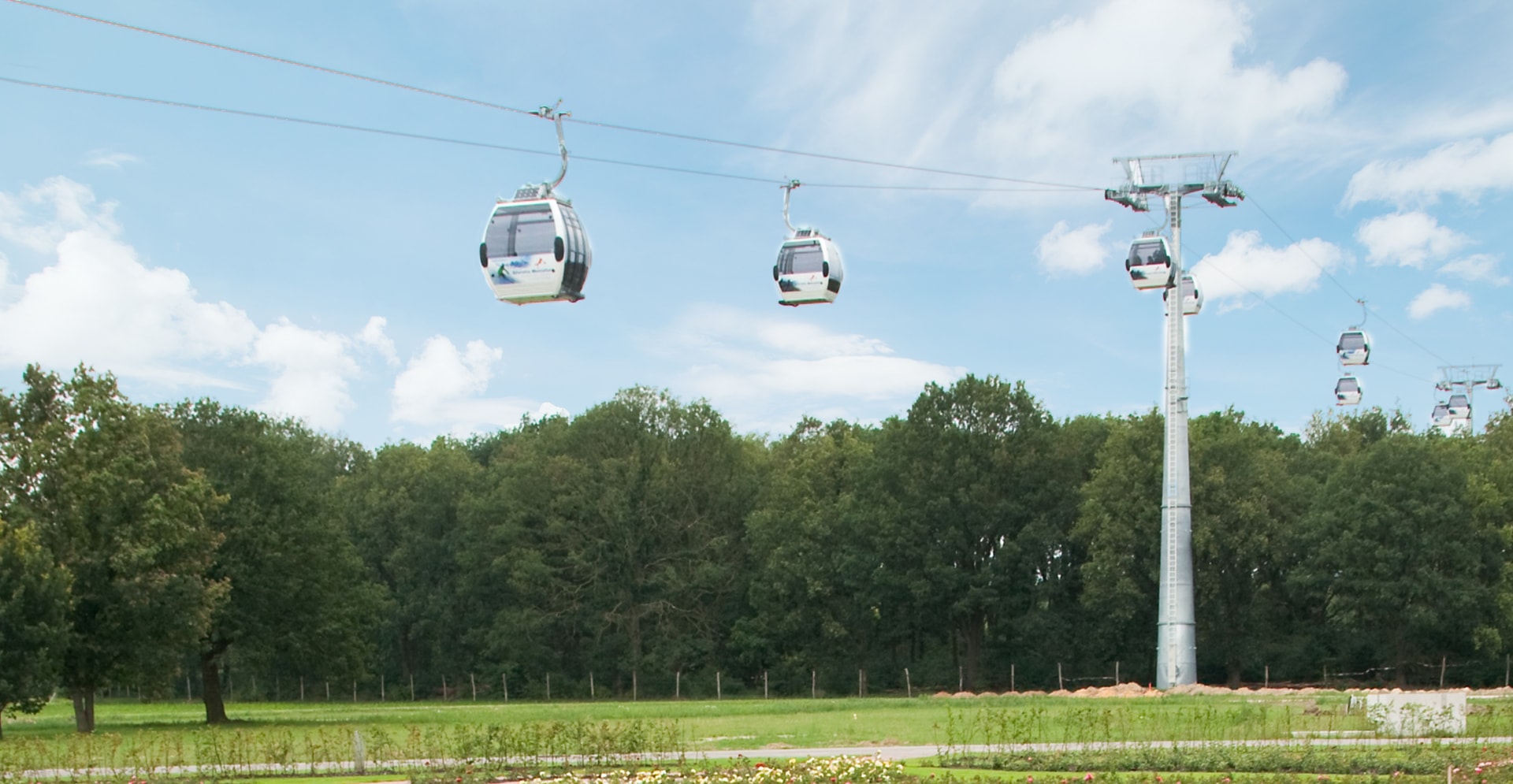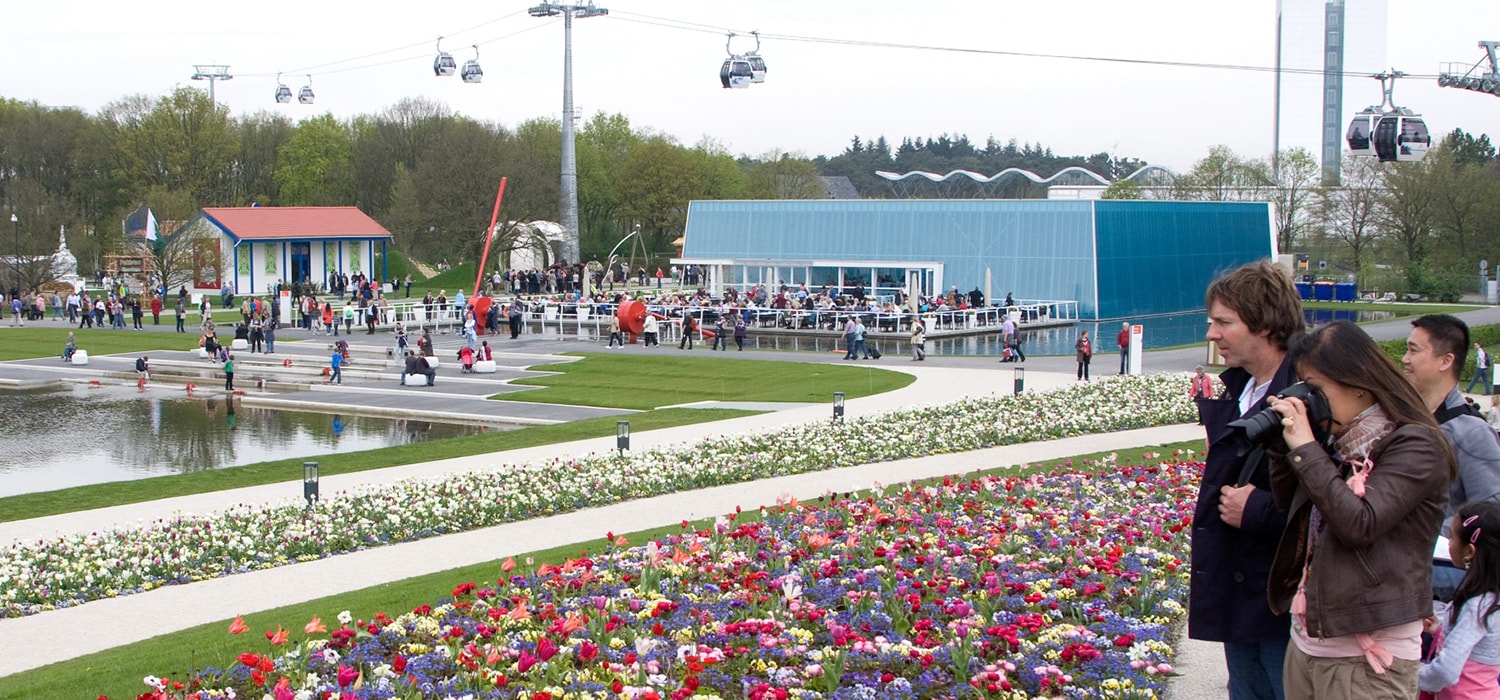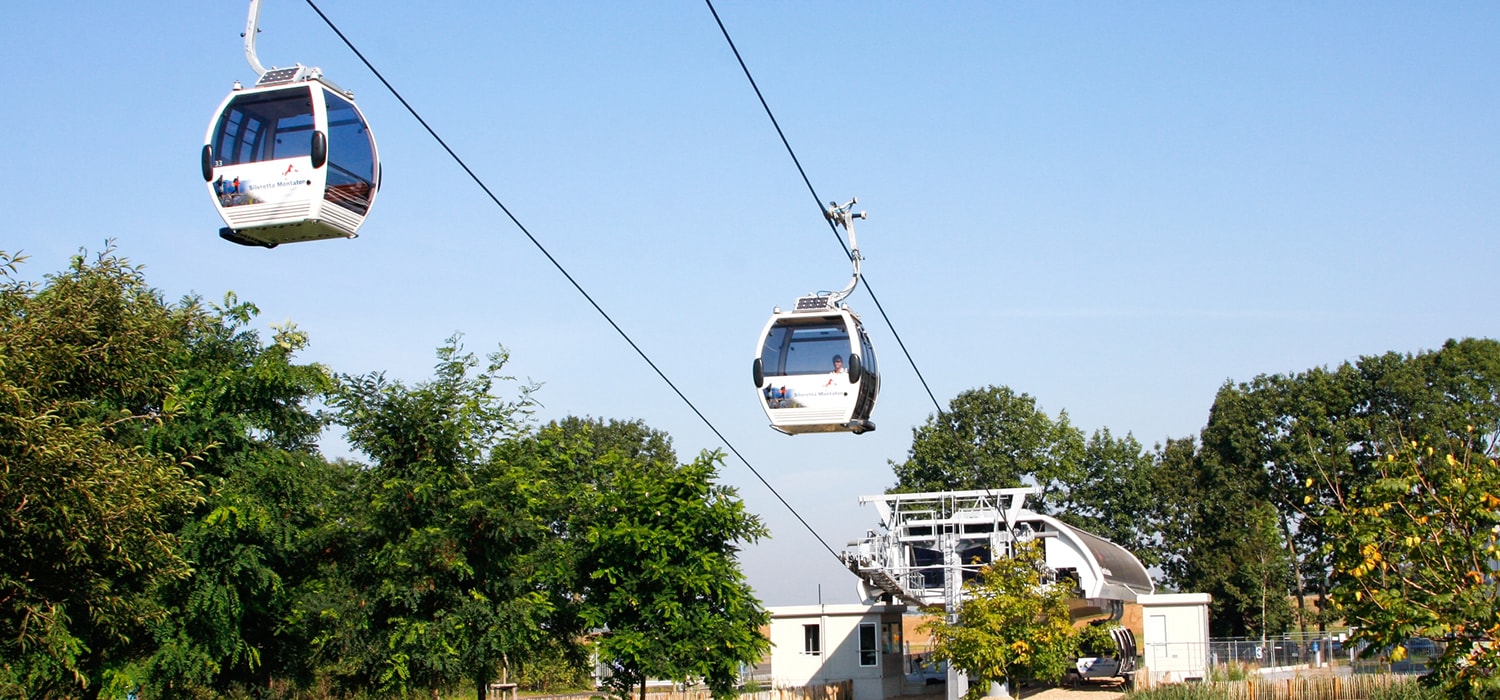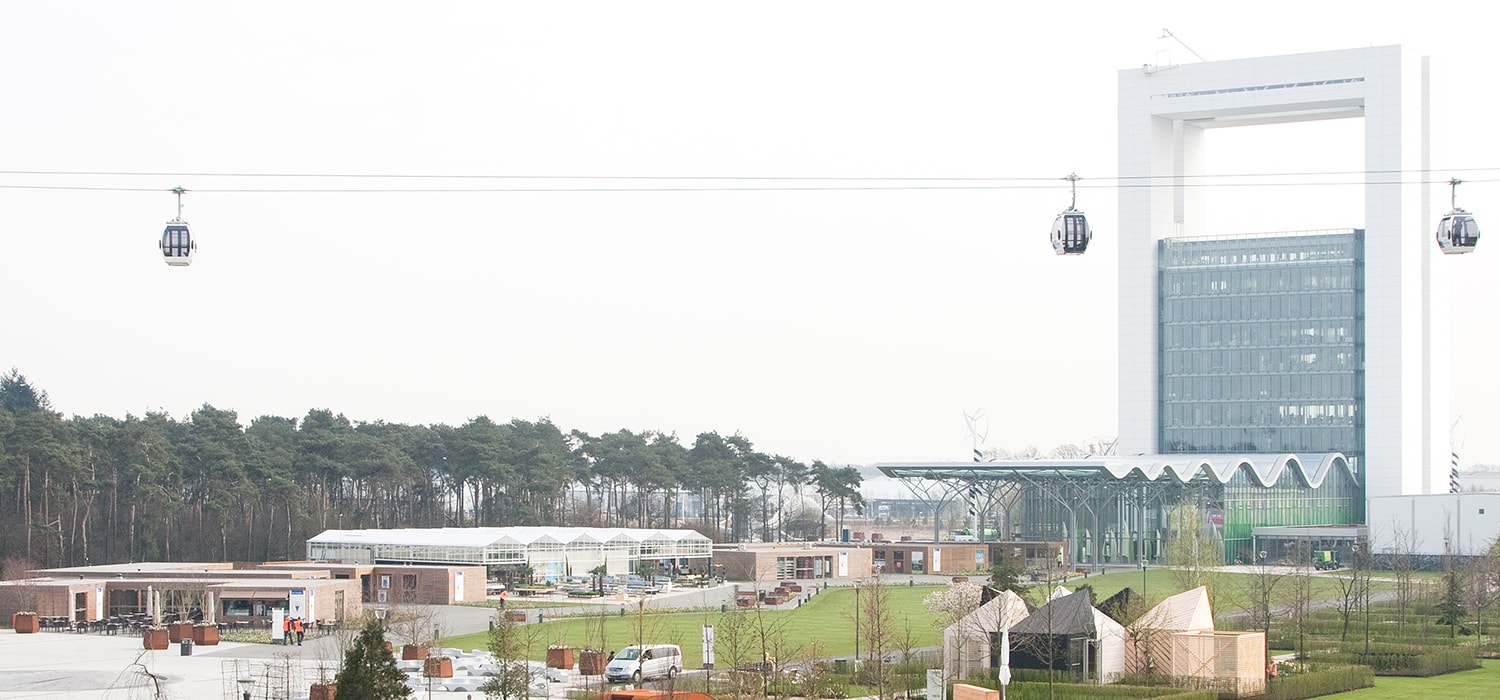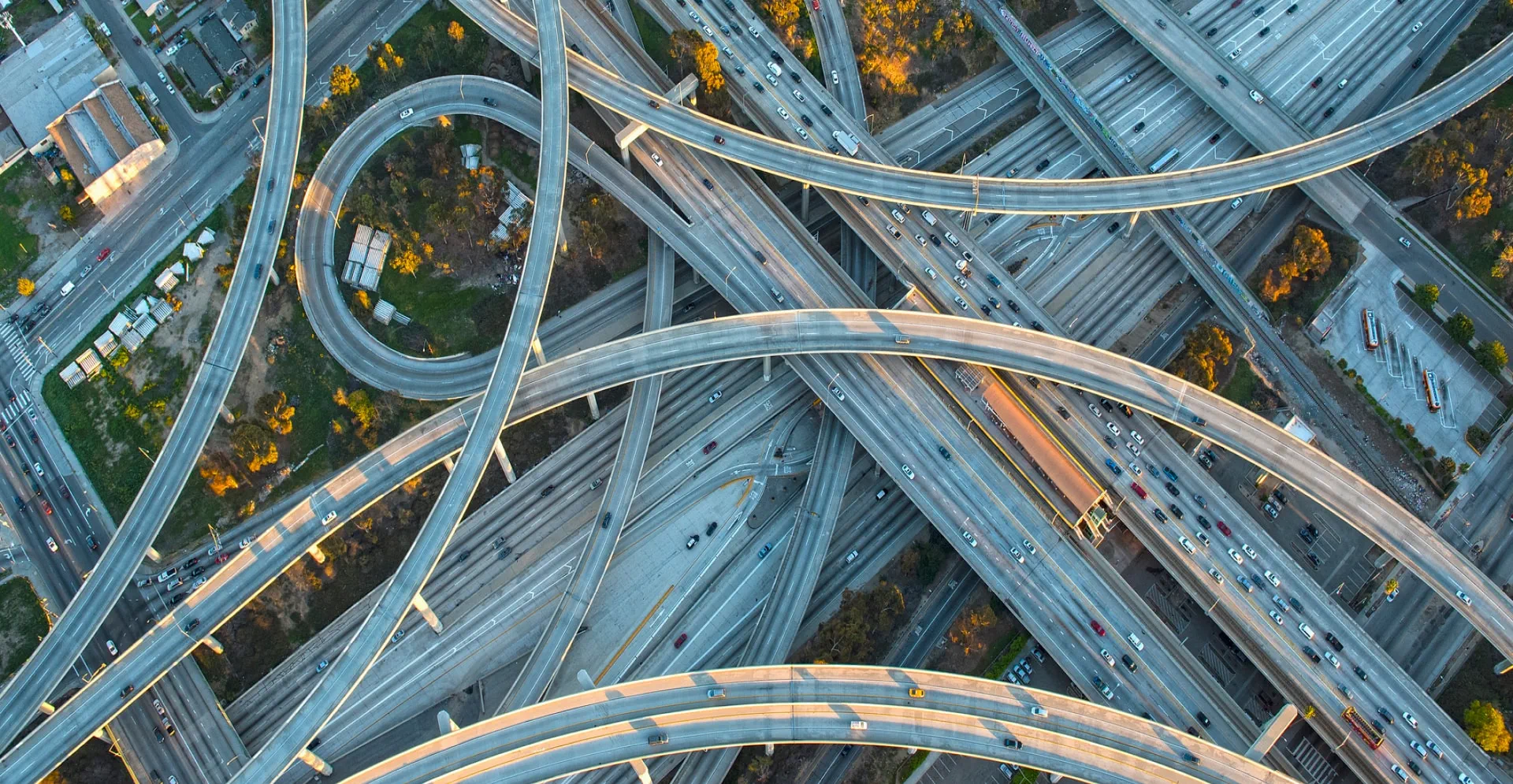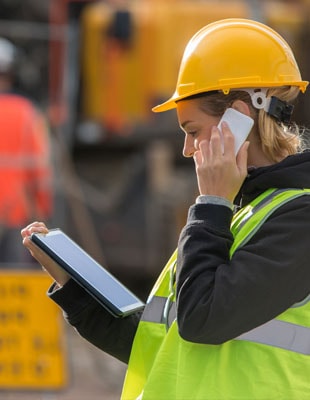Table of Contents
The Challenge
Ever increasing urban populations mean that cities are looking for faster, safer and more affordable transport options to help people travel short distances.
1st
Demographic pressure is making it increasingly difficult to move around cities quickly. Subway platforms are packed, buses can be infrequent and car transport is becoming a thing of the past. More and more cities are looking for fast, safe and affordable transportation options to help people travel short distances, and a growing number of city councils are reaching the conclusion that cableways meet all of these conditions.
The Solution
Arcadis has been exploring the effectiveness of cableways as an urban means of transport.
Improved
Cableways have many advantages as an urban means of transport. For example, passengers are able to get on and off easily and the cars run close together, meaning that travelers never have to wait for long. In addition, cableways are also a great tourist attraction as they offer an entirely different spatial experience. This can be something for urban authorities to bear in mind when considering whether to build a cable car system in a city. What's more, the payback period is relatively short, meaning that the investment and operating costs are recovered quickly.
-
READ MORE
In the Netherlands, for example, more and more cities are looking to the sky to improve the flow of traffic. In Roosendaal there are plans to build a cableway between the Designer Outlet Roosendaal mall and the city center, which promises to attract more visitors and alleviate pressure on the existing infrastructure between the two areas. In addition, following on from Floriade 2012 in Venlo, a cableway is also being used to manage visitor and logistic flows at Floriade 2022 in Almere. The city of Rotterdam is currently conducting studies on the subject, and the municipality of Amsterdam has already signed a declaration of intent to further elaborate and develop a cableway. Arcadis was involved in the research relating to all of these initiatives and participated in the design and development of the cableway in Venlo.
The development stage for a project such as this begins with a feasibility study, in which experts look at the usefulness and need, user potential, type of cableway, technical applications, cost, urban planning and possible constraints. If this assessment is positive, a further study is then carried out, following which the technical feasibility is assessed in detail together with an accredited cableway builder.
The Impact
Our studies demonstrate that cableways are quick to install and cost-effective.
XXX xxx
Our studies have shown that cableways can be installed quickly and are a cost-effective alternative to traditional transportation systems. Particularly in busy cities and places where current ground infrastructure is at capacity, cableways are an ideal way to move large numbers of people around quickly. They also work as a tourist attraction, making a city more appealing for visitors. It is therefore understandable that a growing number of cities around the world are considering cableways as a fast, reliable and affordable transport option. Think of New York, Rio de Janeiro and Medellín, but also London, Le Havre, Toulouse, Koblenz and -soon - Gothenburg. All these cities see cableways as a viable travel alternative that will help to reduce pressure on existing transport hubs, facilitate easier waterway crossings and help to relieve infrastructure congestion.
Want to read more?
This might also interest you
- $name
- Related Insights
- $name


